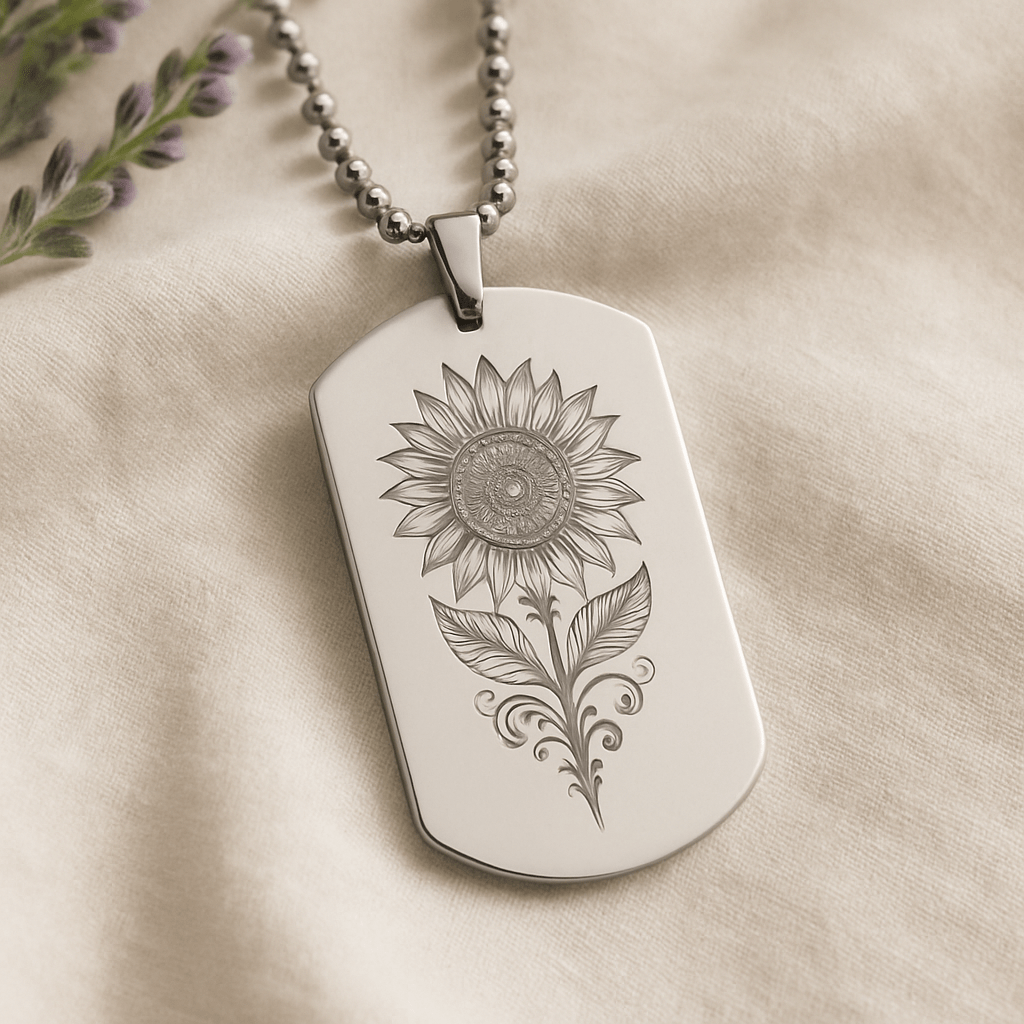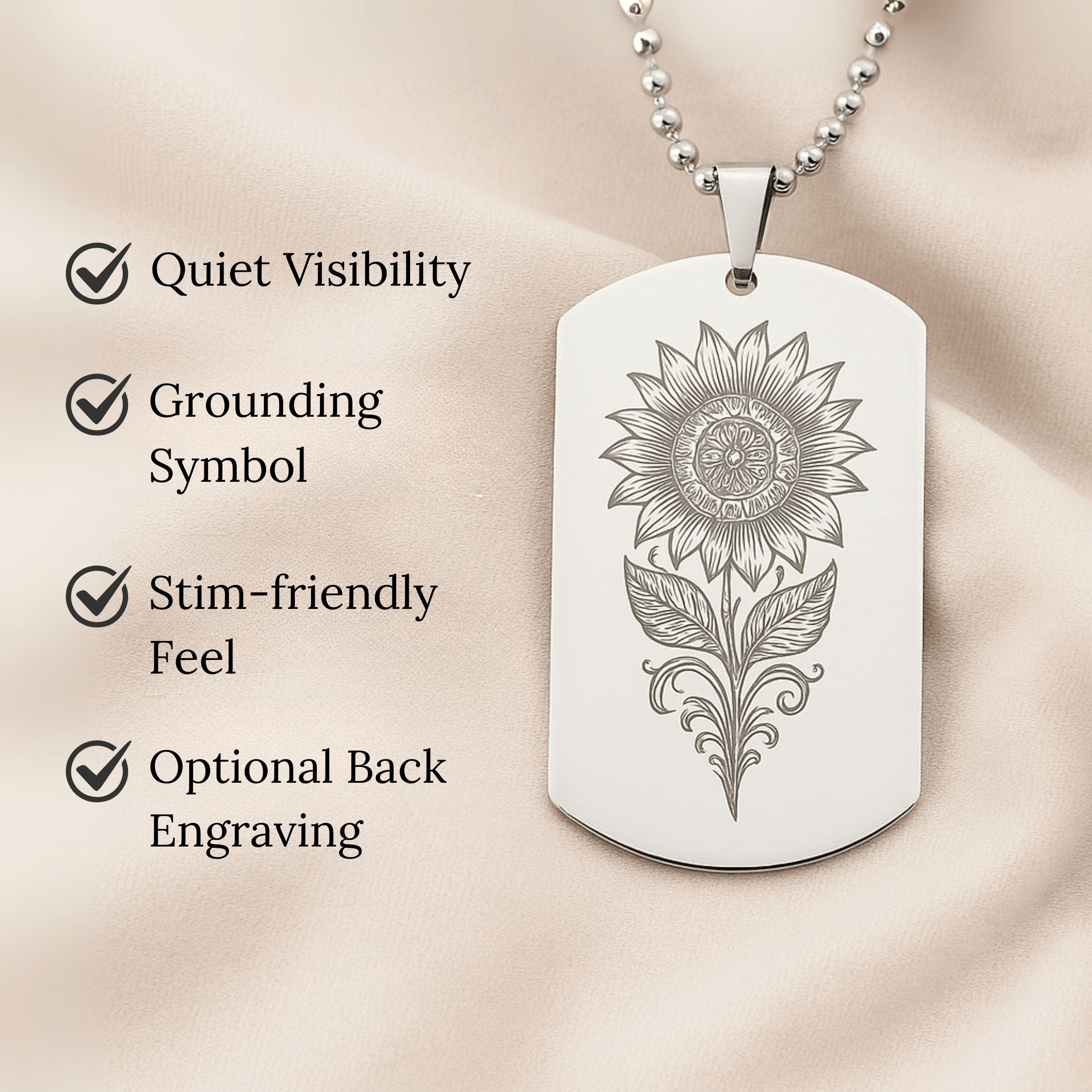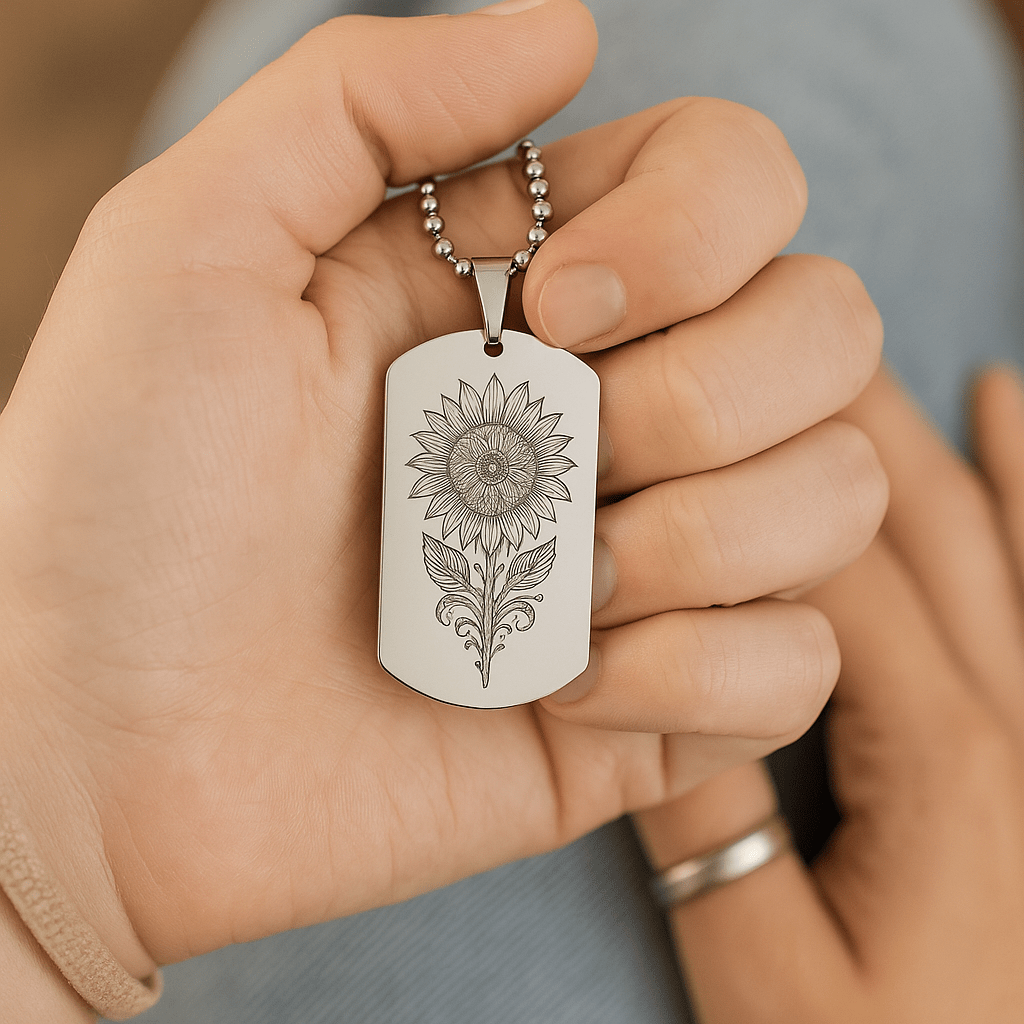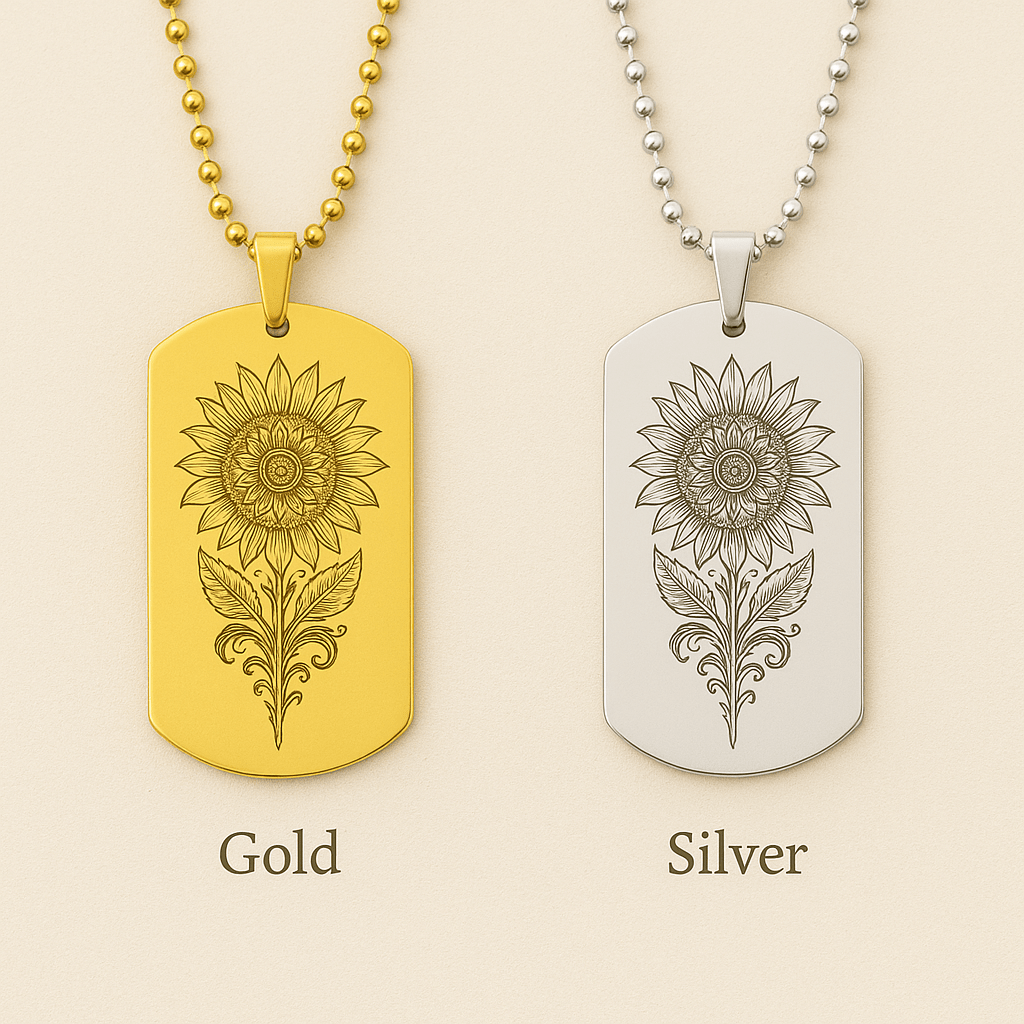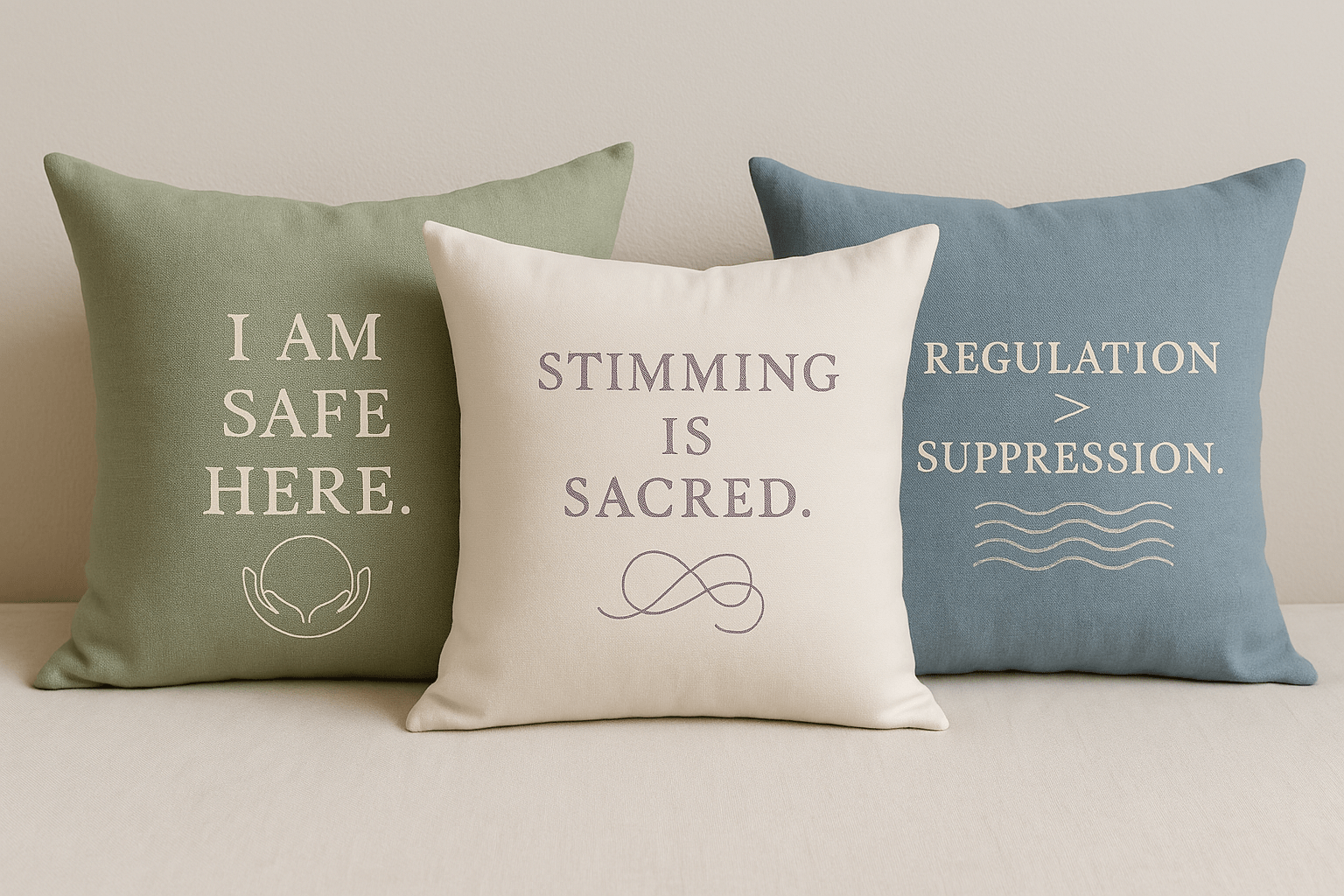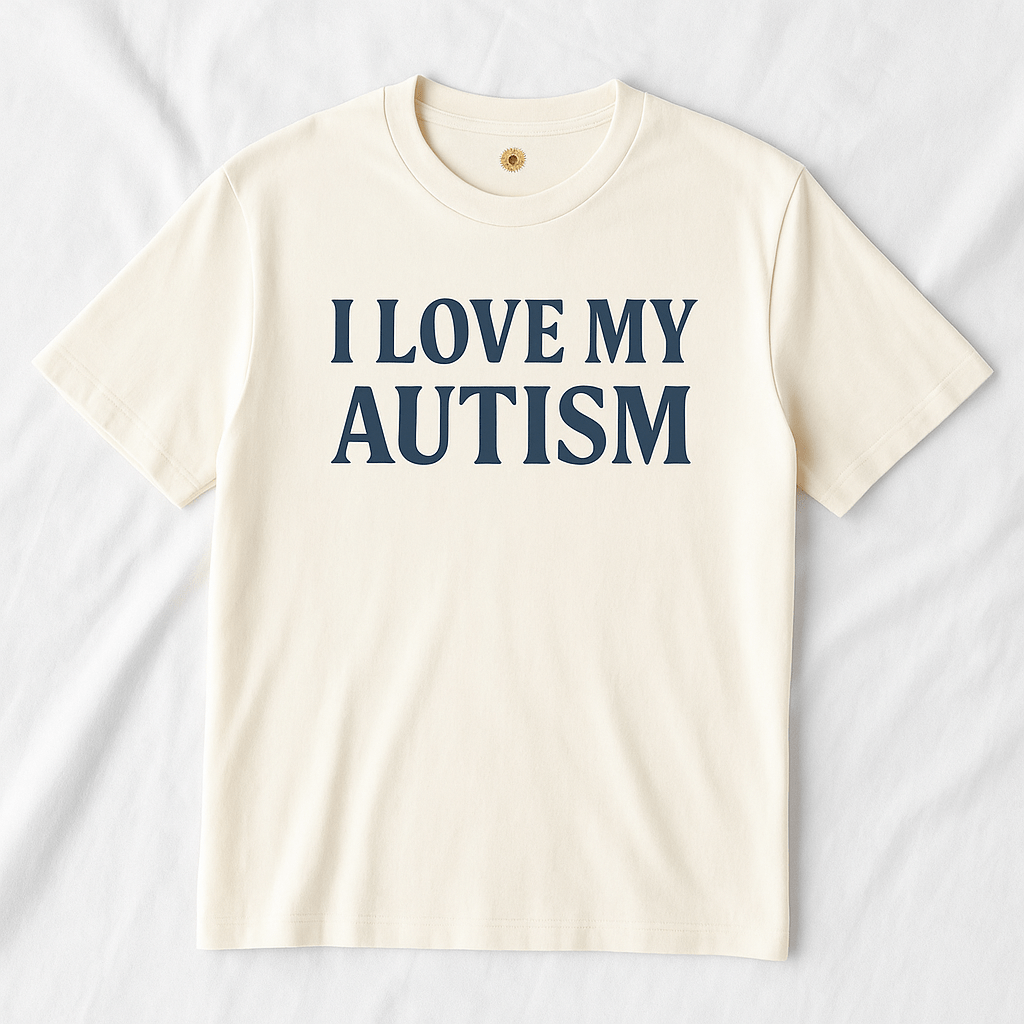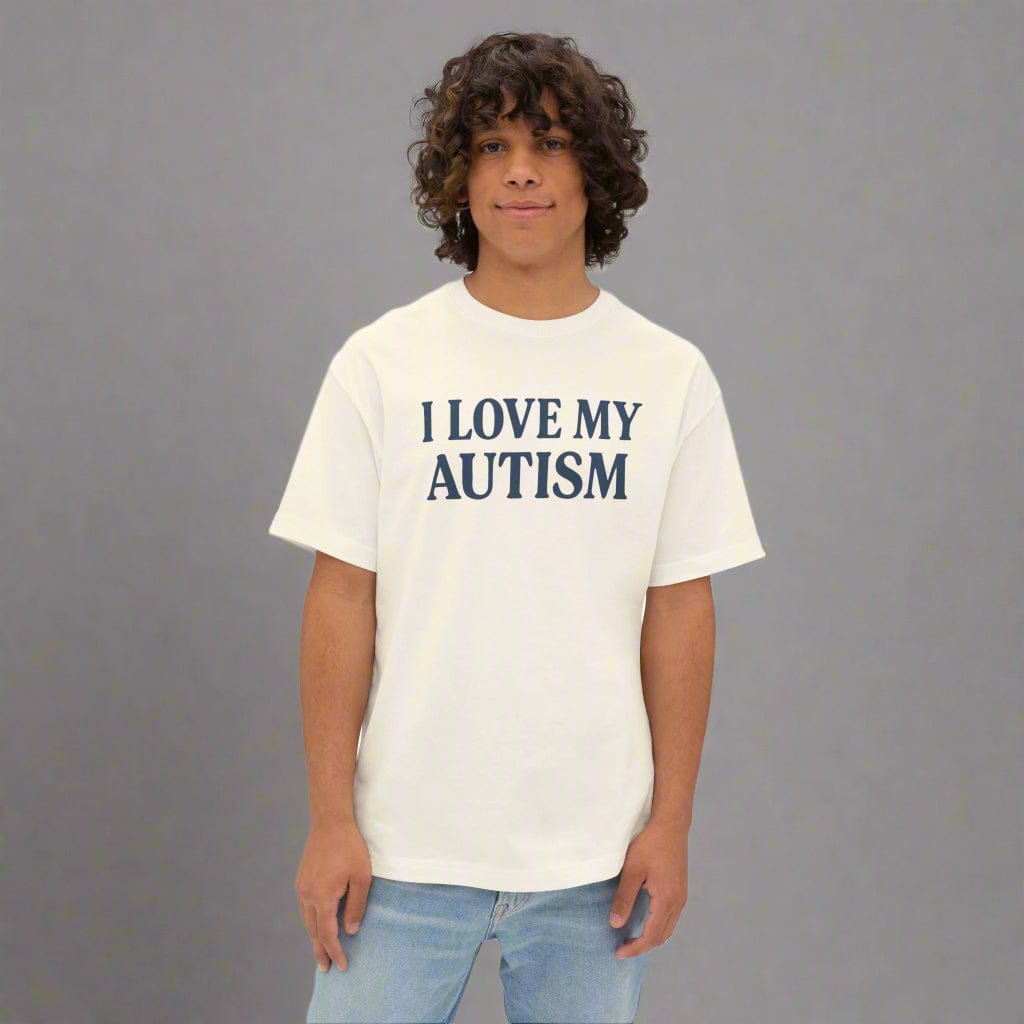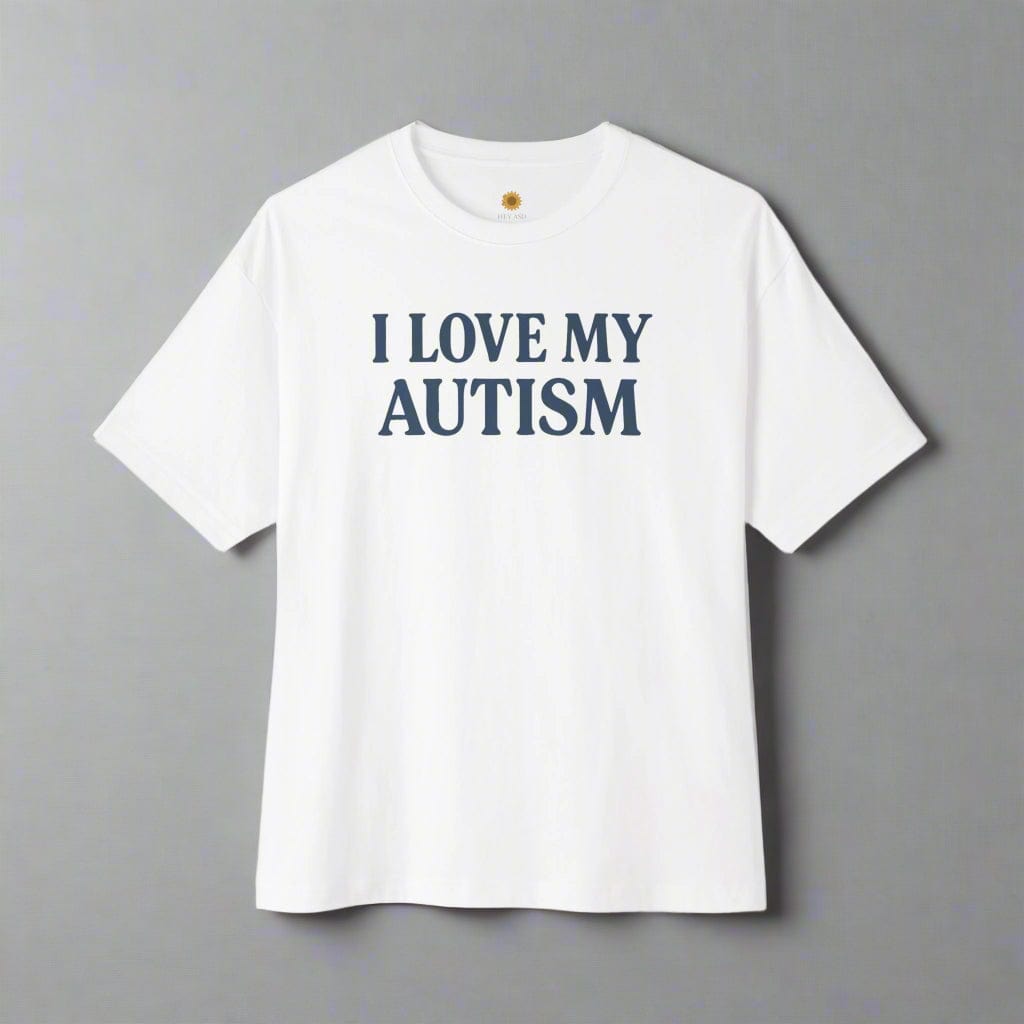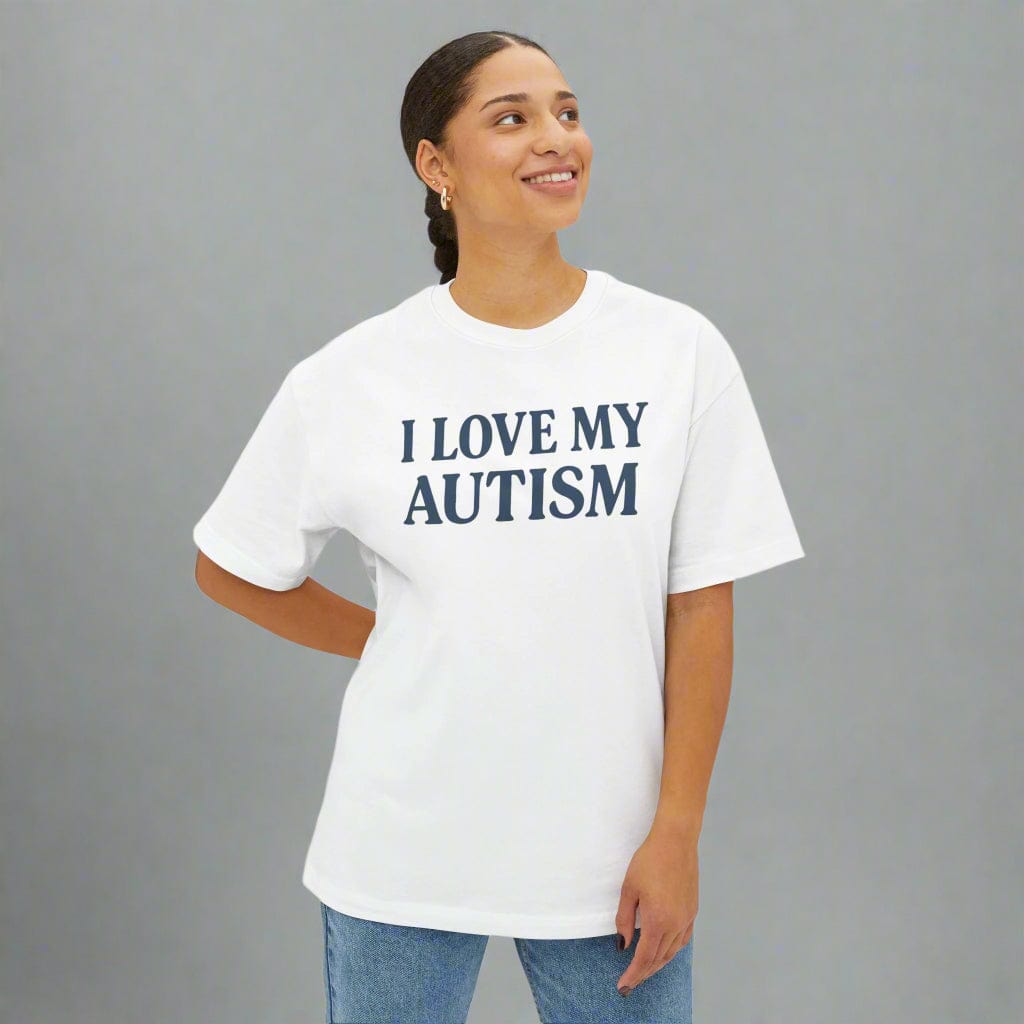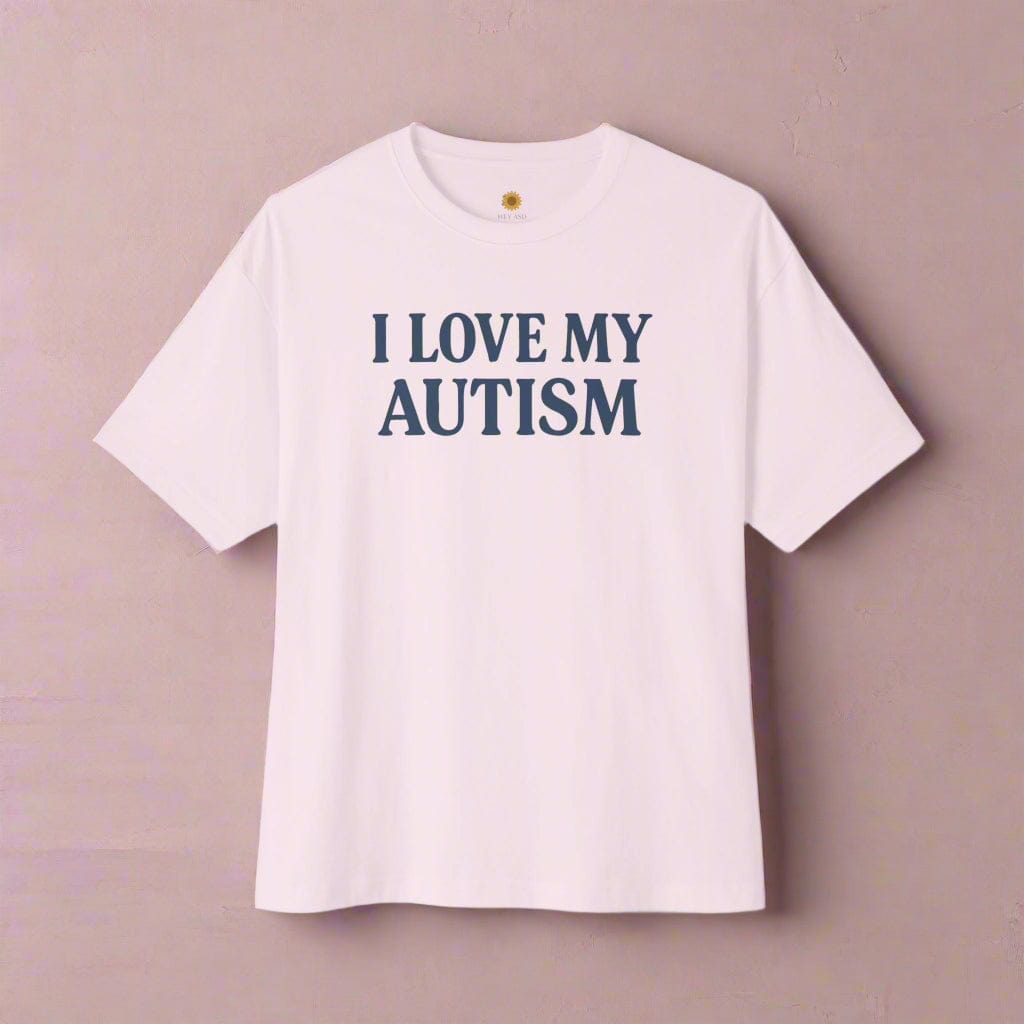The Emotional Expression of Autism in Art

Written by the HeyASD Editorial Team
Expressing emotions is essential for individuals with autism to develop empathy. By understanding and acknowledging their own feelings, individuals with autism can develop a foundation for recognizing and empathizing with the emotions of others. Art provides a powerful medium for emotional expression in autism, allowing individuals to share their thoughts and emotions in a nonverbal manner. Art therapy and inclusive art programs can support and encourage artistic expression in individuals with autism, while raising awareness and understanding of autism in the wider community.
Key Takeaways
- Expression of emotions is crucial for empathy development in individuals with autism.
- Art provides a unique and nonverbal medium for emotional expression in autism.
- Art therapy can benefit individuals with autism by improving fine motor skills, sensory integration, and visual-spatial awareness.
- Inclusive art programs and accessible art spaces are important for supporting and encouraging artistic expression in individuals with autism.
- Art can raise awareness and understanding of autism through exhibitions, collaborations, and advocacy.
Understanding Autism Spectrum Disorder

Defining Autism Spectrum Disorder
Autism, or Autism Spectrum Disorder (ASD), is a complex developmental condition characterized by a range of challenges in social interaction, communication, and repetitive behaviors. It is a spectrum disorder, meaning that it affects individuals in different ways and to varying degrees. Some children with autism may have exceptional abilities in certain areas, such as music or mathematics, while experiencing difficulties in others. Children with autism may display a range of symptoms, including impaired social interaction and communication, repetitive behaviors, and restricted interests. Early diagnosis and intervention are crucial to support individuals with autism, promote their well-being, and enhance their quality of life.
Types of Autism Spectrum Disorder
Autism Spectrum Disorder (ASD) is a neurodevelopmental condition that affects individuals in various ways. It is characterized by differences in social communication and interaction, as well as restricted and repetitive patterns of behavior, interests, or activities. Autism is a spectrum disorder, meaning that it manifests differently in each person. Some individuals with autism may have exceptional abilities in specific areas, while facing challenges in others.
- Autism Spectrum Disorder (ASD) is a neurodevelopmental condition
- Differences in social communication and interaction
- Restricted and repetitive patterns of behavior
- Exceptional abilities in specific areas
- Challenges in other areas
Prevalence of Autism Spectrum Disorder
Autism Spectrum Disorder (ASD) is a neurodevelopmental condition that affects individuals in various ways. It is characterized by differences in social communication and interaction, as well as restricted and repetitive patterns of behavior, interests, or activities. Autism is a spectrum disorder, meaning that it manifests differently in each person. Some individuals with autism may have exceptional abilities in specific areas, while facing challenges in others. Understanding the prevalence of ASD is crucial in recognizing the unique traits and needs of individuals on the spectrum.
The Connection Between Autism and Emotional Expression

Challenges in Emotional Expression for Individuals with Autism
Expression is essential for individuals with autism to develop empathy. It involves creating a safe and supportive environment where they feel comfortable expressing and discussing their own emotions. By understanding and acknowledging their own feelings, individuals with autism can develop a foundation for recognizing and empathizing with the emotions of others.
Caregivers and educators can encourage emotional expression by providing opportunities for individuals with autism to share their thoughts and emotions through various mediums, such as art, writing, or verbal communication.
One effective strategy is teaching emotional vocabulary and helping individuals with autism identify and label their own emotions, which can enhance their ability to recognize and empathize with the emotions of others.
Supporting the emotional expression of individuals with autism is crucial for their overall well-being and social development.
Unique Emotional Expression in Autism
Expression is essential for individuals with autism to develop empathy. It involves creating a safe and supportive environment where they feel comfortable expressing and discussing their own emotions. By understanding and acknowledging their own feelings, individuals with autism can develop a foundation for recognizing and empathizing with the emotions of others.
Caregivers and educators can encourage emotional expression by providing opportunities for individuals with autism to share their thoughts and emotions through various mediums, such as art, writing, or verbal communication.
Additionally, teaching emotional vocabulary and helping individuals with autism identify and label their own emotions can enhance their ability to recognize and empathize with the emotions of others. By implementing these strategies, individuals with autism can make significant progress in their empathy development. It's important to remember that each individual is unique, and interventions should be tailored to their specific needs.
Supporting and celebrating the strengths and unique perspectives of individuals on the autism spectrum can contribute to building a more inclusive and compassionate world.
Impact of Emotional Expression on Artistic Expression
Emotional expression in autism has a profound impact on artistic expression. Autistic individuals bring a unique perspective and depth of emotion to their art, creating works that are both captivating and thought-provoking. Through their art, they are able to communicate their innermost thoughts and feelings, providing a glimpse into the rich inner world of autism. This emotional expression not only allows for personal catharsis but also serves as a powerful tool for raising awareness and understanding of autism in the wider community.
- Autistic individuals bring a unique perspective and depth of emotion to their art.
- Their art provides a glimpse into the rich inner world of autism.
- Emotional expression in art serves as a powerful tool for raising awareness and understanding of autism.
Exploring Art as a Medium for Emotional Expression in Autism

Art Therapy for Individuals with Autism
Art therapy sessions provide a safe and supportive environment for children with autism to express their thoughts, feelings, and experiences in a nonverbal manner. Guided by trained professionals, these sessions help develop fine motor skills, improve sensory integration, and enhance visual-spatial awareness. Crafts can also be beneficial, promoting sensory exploration and creativity. Consider the needs of participants, such as sensory issues or physical limitations, to ensure a successful and mentally/emotionally healthy workshop.
Benefits of Art Therapy in Emotional Expression
Art therapy has numerous benefits in enhancing emotional expression for individuals with autism. One of the key benefits is its ability to enhance communication and expression. Many individuals with autism struggle with verbal communication, but through art therapy, they can find alternative ways to express their thoughts and emotions. Art therapy also helps individuals with autism build self-esteem and process past traumas. It provides a safe space for them to express strong emotions and work through difficult experiences. Additionally, art therapy can improve emotional regulation, which is particularly beneficial for individuals with mental health disorders like depression and anxiety. Research has shown that art therapy has positive effects on individuals living with these conditions, as well as other mental health conditions such as Alzheimer's and schizophrenia. Overall, art therapy plays a crucial role in supporting emotional expression and well-being for individuals with autism.
Case Studies: Artistic Expression in Autism
Artistic expression in autism is a powerful form of communication. Through art, individuals with autism can express their thoughts, feelings, and experiences in a nonverbal manner. Art therapy sessions, guided by trained professionals, provide a safe and supportive environment for children with autism to engage in the creative process. These activities promote sensory exploration, enhance communication skills, and develop fine motor skills. Crafts, such as sculpting with clay and finger painting, are also beneficial for sensory exploration and self-expression.
The Role of Art in Raising Awareness and Understanding of Autism

Art Exhibitions and Autism Awareness
Art exhibitions showcasing the work of autistic artists are powerful platforms for raising awareness and promoting understanding of autism. These exhibitions provide a unique opportunity for the public to experience the diverse and captivating artwork created by individuals on the autism spectrum. By showcasing their talent and creativity, these exhibitions celebrate the autistic identity and challenge stereotypes. They invite viewers to appreciate the unique perspectives and emotions expressed through art, fostering empathy and promoting inclusivity.
Artistic Collaborations with Individuals with Autism
Artistic collaborations between neurotypical artists and individuals with autism are a powerful way to celebrate autistic identity and showcase the unique perspectives of these artists. These collaborations break down barriers and challenge societal norms, fostering a greater understanding and appreciation of autism. By working together, artists can create meaningful and impactful art that resonates with audiences, while also providing a platform for individuals with autism to express themselves and share their stories. Through these collaborations, we can create a more inclusive and diverse art community that embraces the talents and contributions of individuals with autism.
Art as a Tool for Advocacy
Art has the power to advocate for autism awareness and understanding. Through artistic expression, individuals with autism can communicate their unique experiences and perspectives. Art exhibitions dedicated to autism raise awareness and celebrate the creativity of autistic artists. Collaborations between artists and individuals with autism promote inclusivity and foster a deeper understanding of autism. By using art as a tool for advocacy, we can create a more inclusive and accepting society.
Supporting and Encouraging Artistic Expression in Individuals with Autism

Inclusive Art Programs for Individuals with Autism
Inclusive art programs provide a welcoming and supportive environment for individuals with autism to explore their creativity. These programs are specifically designed to accommodate the unique needs and abilities of individuals on the autism spectrum. By offering a safe space and tailored activities, inclusive art programs empower individuals with autism to express themselves and develop their artistic skills. Through art, individuals with autism can enhance their communication skills, promote independence and self-confidence, and foster flexibility and adaptability. Inclusive art programs play a vital role in celebrating the diverse talents and identities of individuals with autism.
Creating Accessible Art Spaces
When creating art spaces for individuals with autism, it is important to prioritize accessibility and inclusivity. Here are some tips to ensure a welcoming environment:
- Designate a quiet and calm area for individuals to retreat to when needed.
- Minimize sensory distractions such as bright lights and loud noises.
- Organize the space in a way that is easy to navigate.
- Provide clear labels and visual cues for easy understanding.
Remember, creating accessible art spaces allows individuals with autism to fully engage in artistic expression and find comfort in their creative journey.
Promoting Artistic Opportunities for Individuals with Autism
Creating inclusive art programs for individuals with autism is crucial in providing them with opportunities to express themselves and showcase their unique talents. By creating accessible art spaces and promoting artistic opportunities, we can foster a sense of belonging and empowerment for individuals with autism. In these programs, individuals with autism can explore different art forms, develop their skills, and gain confidence in their abilities. Additionally, collaborations between autistic individuals and artists can lead to powerful and meaningful artistic expressions that raise awareness and understanding of autism. Together, let's celebrate the artistic abilities of individuals with autism and create a more inclusive and accepting society.
Supporting and Encouraging Artistic Expression in Individuals with Autism is crucial for their personal growth and development. At Autism Store, we believe in the power of art to communicate and express emotions. That's why we offer a wide range of autism wall art, t-shirts, puzzles, and more. Our collection is designed to inspire and uplift individuals with autism, providing them with a platform to showcase their creativity. Whether you're looking for a unique piece of artwork or a meaningful gift, our Autism Store has something for everyone. Visit our website, heyasd.com, and explore our collection today!
Conclusion
In conclusion, the emotional expression of individuals with autism through art is a powerful tool for developing empathy and self-awareness. By creating a safe and supportive environment, caregivers and educators can encourage individuals with autism to share their thoughts and emotions through various mediums. Art therapy and engaging in crafts can also be beneficial activities for children with autism, promoting sensory exploration and fine motor skills. Additionally, neurophototherapy offers a creative outlet for emotional expression and identity exploration for individuals with a late autism diagnosis. Overall, incorporating art into the lives of individuals with autism can have a profound impact on their communication skills, independence, and self-confidence.
Join Hundreds of Autistic Adults Feeling
More Comfort in Their Own Skin
Use code WELCOME10 for 10% off your first order.
Start Your Comfort JourneyFrequently Asked Questions
What is autism spectrum disorder?
Autism spectrum disorder (ASD) is a neurodevelopmental disorder characterized by difficulties in social interaction, communication, and restricted and repetitive patterns of behavior.
What are the different types of autism spectrum disorder?
There are several types of autism spectrum disorder, including autistic disorder, Asperger's syndrome, and pervasive developmental disorder not otherwise specified (PDD-NOS).
How common is autism spectrum disorder?
Autism spectrum disorder affects approximately 1 in 54 children in the United States, according to the Centers for Disease Control and Prevention (CDC).
What are the challenges in emotional expression for individuals with autism?
Individuals with autism may face challenges in understanding and expressing emotions, including difficulties in recognizing facial expressions, interpreting social cues, and verbalizing their own feelings.
How does autism affect emotional expression in art?
Autism can influence emotional expression in art by providing a unique perspective and allowing for unconventional and creative approaches to conveying emotions.
What is art therapy for individuals with autism?
Art therapy is a therapeutic approach that uses art as a means of self-expression and communication for individuals with autism. It provides a safe and supportive environment for exploring emotions and promoting personal growth.
What are the benefits of art therapy in emotional expression?
Art therapy can help individuals with autism improve their emotional expression by providing a nonverbal outlet for communication, enhancing self-awareness, promoting relaxation, and fostering self-esteem.
Are there any case studies on artistic expression in autism?
Yes, there have been case studies documenting the positive impact of artistic expression on individuals with autism, highlighting improved emotional well-being, increased self-confidence, and enhanced social skills.
On This Page
Frequently asked questions
How can art therapy support emotional expression in autistic individuals?
What are some ways to create a sensory-friendly art program for autistic participants?
How does emotional expression through art help develop empathy in people with autism?
What types of art activities are most beneficial for supporting autism support through art?
Are there autism-themed products like calming blankets or sensory tools that can enhance art therapy experiences?
How can caregivers encourage children with autism to express their feelings through art?
What should be considered when designing inclusive art programs for individuals on the autism spectrum?
How can artistic collaborations between autistic and neurotypical artists promote understanding and acceptance?
Can autism-inspired t-shirts or decor help raise awareness and celebrate emotional expression in autism art therapy?

About the HeyASD Editorial Team
Autistic‑owned • Values‑led • Sensory‑friendly design
We are autistic creators, writers, and advocates dedicated to producing resources that are practical, sensory-aware, and grounded in lived experience. Our mission is to make information and products that support the autistic community accessible to everyone, without jargon or condescension. Learn more about our team.
This article is written from lived autistic experience and an evidence-aware perspective. It is for general informational purposes only and should not be taken as medical, legal or therapeutic advice.
Always consult a qualified clinician or occupational therapist for individual needs and circumstances.

About Our Autism Blog
HeyASD isn’t just a store, it’s a calm, supportive space created by and for autistic adults. Our blog shares sensory-friendly tips, identity-affirming stories, and heartfelt resources for navigating life as an autistic person. Whether you're late-diagnosed, exploring your needs, or supporting someone you love, you're welcome here.
Thank you for reading. We hope these resources bring comfort and clarity.












